1. Cocaine Toothache Drops
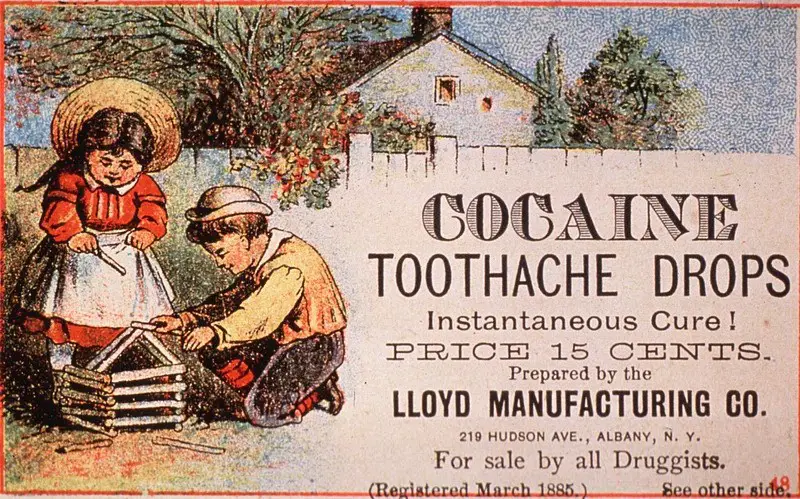
In the late 1800s, if you had a toothache, you might’ve reached for a little bottle of cocaine drops. Not only were they legal, they were also marketed as safe and effective for both adults and children. Ads boasted instant pain relief and even a mood boost, conveniently skipping over the whole “highly addictive” part. At the time, the dangers of cocaine weren’t widely understood, and it was treated more like a miracle cure than a major health risk shares the Irish Times.
Eventually, doctors and lawmakers realized this wasn’t just a harmless pain remedy. As addiction cases rose and more harmful side effects were discovered, cocaine-based products were pulled from pharmacy shelves. The U.S. banned non-medical use in the early 20th century, and most countries soon followed. Today, it’s shocking to think this was ever sold over the counter, especially for kids says the Telegraph.
2. Amphetamine Diet Pills
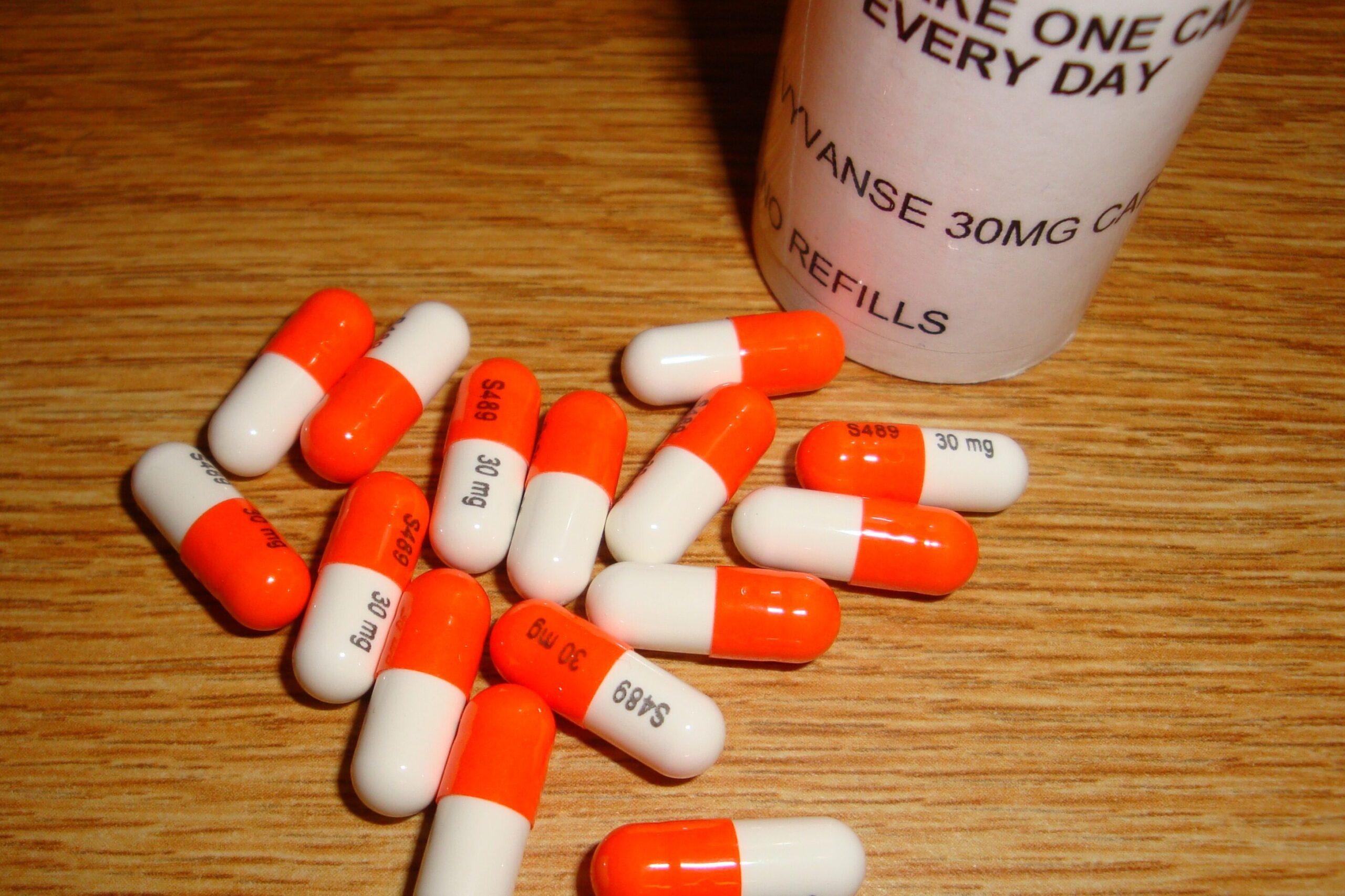
Back in the 1950s and ‘60s, amphetamines were the go-to solution for anyone wanting to lose weight fast. Doctors handed them out like candy, and they were often advertised as a healthy way to curb your appetite and boost energy. The pills promised quick results with barely a mention of the side effects, which included insomnia, heart problems, and addiction. And since they made people feel alert and peppy, they were easy to get hooked on says HISTORY.
Eventually, the health risks became too great to ignore. Reports of dependency and dangerous side effects led to tighter regulations and eventually, bans on many of these products. While amphetamines are still prescribed in very specific medical situations, they’re no longer considered a safe or healthy shortcut to weight loss. It’s a stark reminder that quick fixes often come with serious strings attached adds Smithsonian Magazine.
3. Radium Water
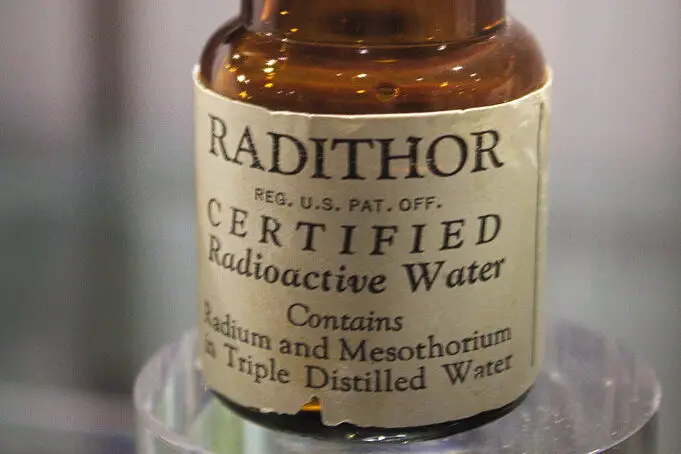
Yes, people once drank radioactive water on purpose. In the early 1900s, radium was believed to have healing properties, and companies bottled it up as a tonic for everything from fatigue to arthritis. The glowing liquid was marketed as the ultimate energy drink, with some ads calling it a “liquid sunshine” that revitalized the body. People even gave it to their pets.
The reality, of course, was horrifying. Prolonged exposure led to devastating health effects, including anemia, bone fractures, and even death. Once scientists realized how dangerous radium truly was, these products were pulled from the market. The glowing water that once promised vitality became a cautionary tale in medical history.
4. DDT-Laced Food Sprays
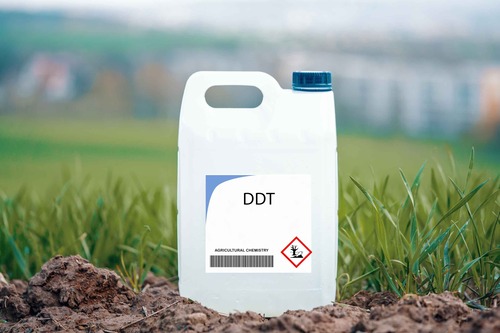
In the 1940s and ‘50s, DDT was hailed as a miracle pesticide that could help boost food production and fight off disease-carrying insects. It was sprayed on crops, homes, and even on food itself, with ads claiming it was perfectly safe for people. You could find commercials showing smiling families eating produce right after it had been coated with the stuff. It seemed like modern science had found the ultimate solution to pests.
But it wasn’t long before studies linked DDT to cancer, reproductive issues, and environmental damage. Birds, especially, were dying off at alarming rates due to thinning eggshells. The environmental movement gained traction, and by the 1970s, many countries, including the U.S., banned its use. It’s a classic case of something being too good to be true.
5. Lead-Infused Candies
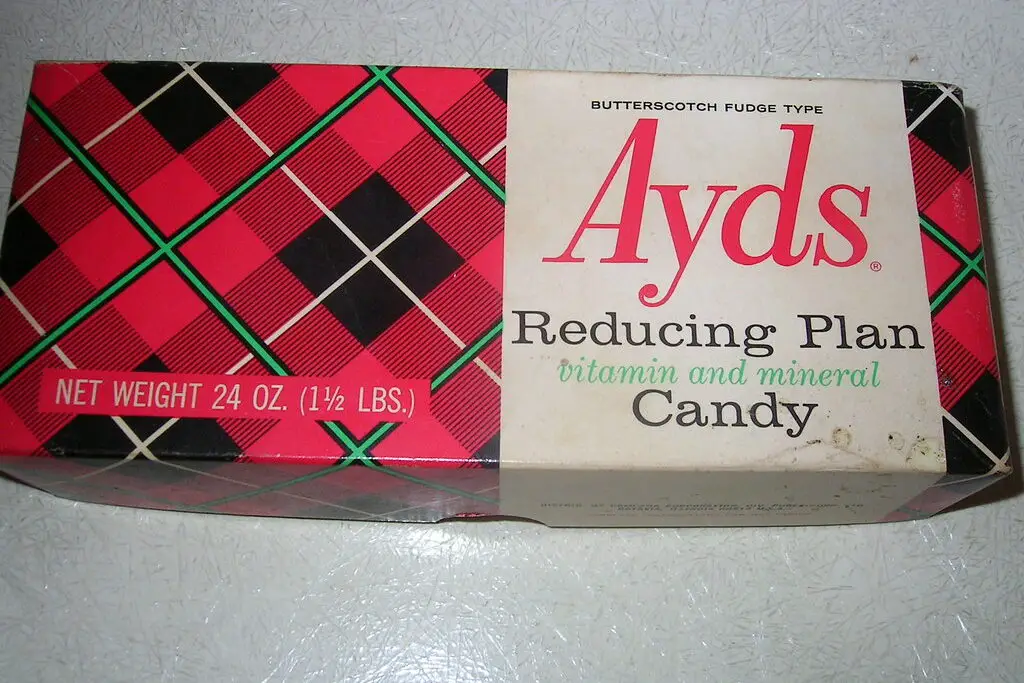
In the mid-20th century, some brightly colored candies were made using lead-based dyes and wrappers. These treats were popular with children, and no one thought twice about the toxic materials used in their production. Ads even promoted the vibrant colors as a selling point, with no warning about potential health effects. At the time, lead wasn’t seen as dangerous unless you worked with large amounts of it.
But as research piled up, it became clear that even small doses could cause cognitive damage in children. Neurological issues, developmental delays, and poisoning were traced back to these seemingly harmless sweets. Regulations quickly shifted, and lead was banned from all food-related products. What used to be a kid-friendly treat turned into a major public health concern.
6. Lard-Based “Health” Shortening

Before heart health was a hot topic, lard was seen as a staple of nutritious cooking. In fact, it was often advertised as a better alternative to butter, promising flaky pastries and strong energy for hard-working families. Some ads even claimed it was “easier to digest” and “doctor approved.” Housewives were encouraged to use it in everything from pie crusts to frying pans.
However, as studies began to show the link between saturated fats and heart disease, public perception quickly shifted. Lard fell out of favor, especially once vegetable oils and margarine entered the scene. Today, it’s mostly used in traditional cooking or niche recipes, not hailed as a heart-healthy ingredient. It’s proof that what we call “healthy” is often just a trend.
7. Arsenic Beauty Wafers
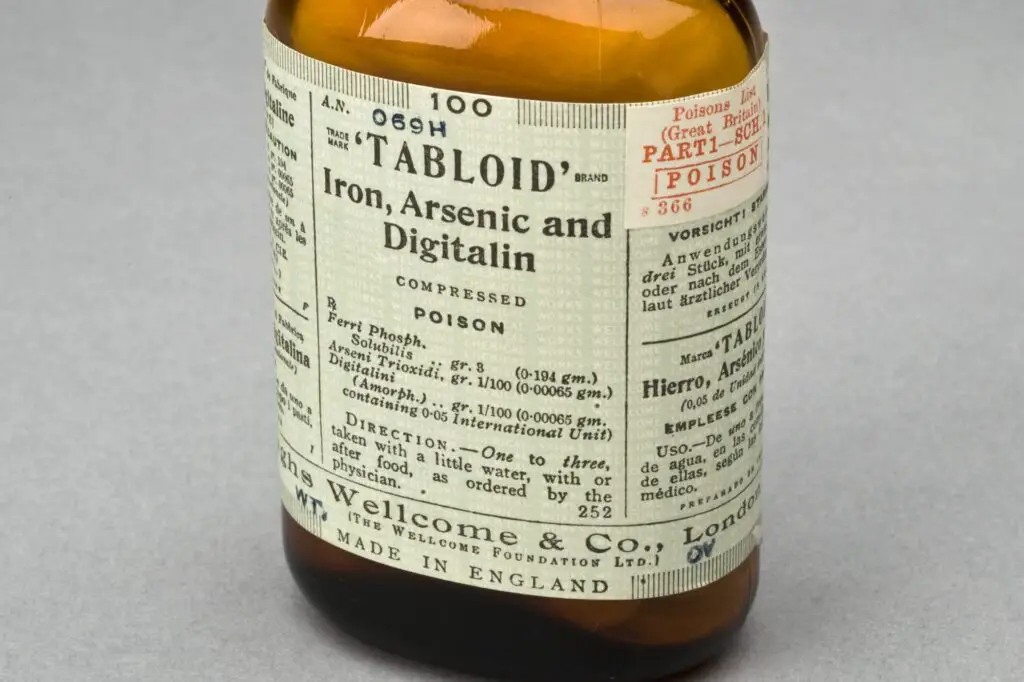
Yes, there was a time when women were encouraged to eat arsenic to improve their complexion. Arsenic wafers were marketed as a beauty supplement that could help lighten the skin, remove blemishes, and give a “delicate pallor.” These products were often sold in elegant packaging and promised natural, effortless beauty. The dangers were either unknown or completely downplayed.
Over time, as users experienced symptoms like hair loss, organ damage, and even death, the truth came to light. Medical professionals condemned the products, and they were eventually outlawed. Today, arsenic is more associated with crime shows than skin care, and for good reason. Beauty trends can be deadly when there’s no oversight.
8. Mercury-Filled Teething Powders
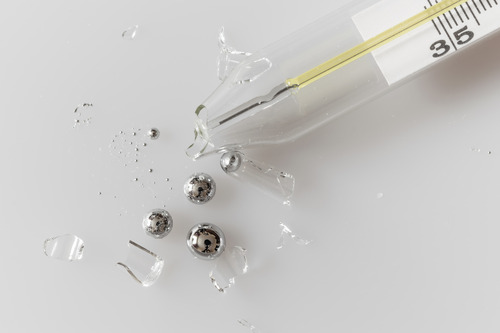
For many years, parents soothed teething babies with powders that unknowingly contained mercury. These products promised to calm fussy infants and ease gum pain, and they were available right at the drugstore. With names like “Soothing Syrup” and “Infant Comfort Powder,” the packaging gave no hints that anything toxic was inside. Most parents believed they were doing the right thing.
Unfortunately, mercury can build up in the body and cause severe neurological damage. Cases of mercury poisoning and even infant deaths eventually led to an outcry. The powders were banned, and regulations for children’s products became far more strict. It’s a chilling example of how even well-meaning choices can have dangerous consequences.
9. Cigarettes
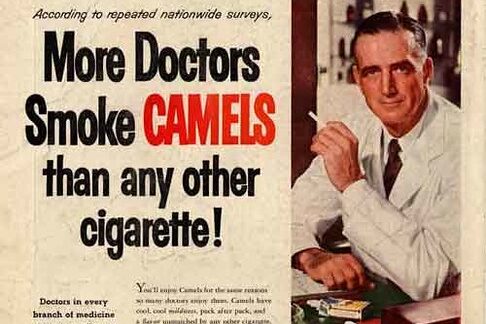
It’s wild to think about now, but there was a time when cigarette ads actually claimed smoking was good for your health. Some brands even said doctors recommended their products to soothe your throat or help with digestion. These ads often featured medical professionals in white coats and catchy slogans that made cigarettes seem like a wellness must-have. But once the science caught up and studies linked smoking to cancer, heart disease, and all sorts of other issues, the truth was impossible to ignore.
By the 1970s, the U.S. had started cracking down hard, banning cigarette ads from TV and radio. Over time, more and more restrictions followed, with full advertising bans in many countries. What used to be marketed as a symbol of sophistication is now surrounded by warning labels and graphic imagery. Safe to say, the “healthy cigarette” days are long gone.
10. Tapeworm Diet Pills
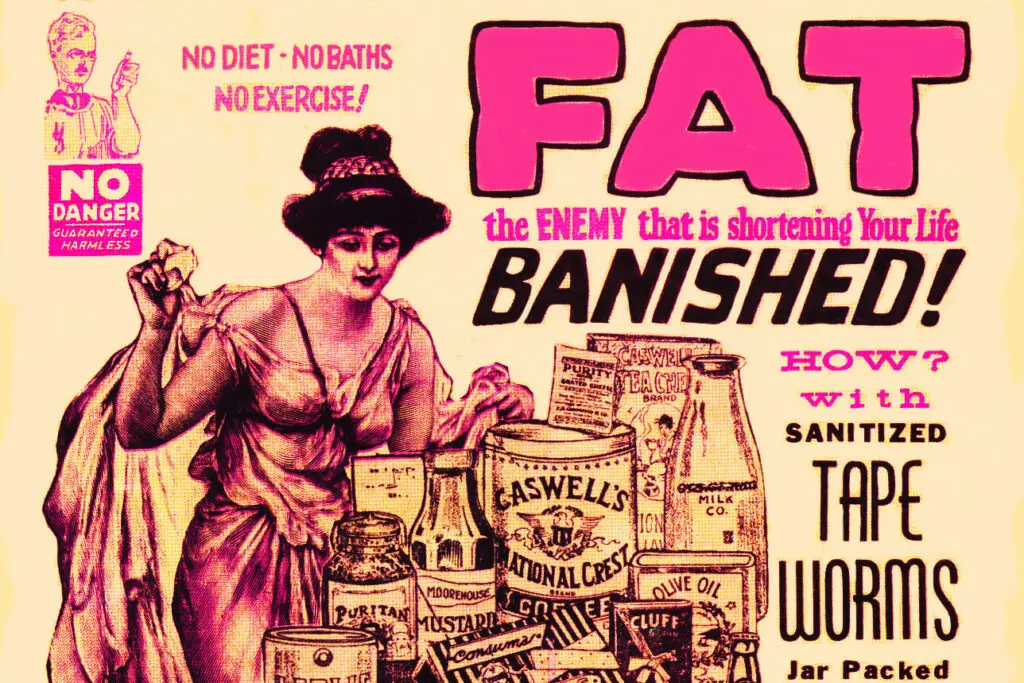
In one of the most bizarre weight loss trends, people once swallowed pills containing tapeworm eggs. The idea was that the parasite would eat the extra food in your stomach, helping you shed pounds without dieting. These were marketed as safe, natural, and effective, despite being incredibly risky. There were even ads featuring glowing testimonials from “satisfied” users.
As you might guess, this didn’t end well. Tapeworms can cause malnutrition, organ damage, and serious infections. Once the medical community stepped in, these pills were pulled from the market and banned in many countries. Today, they’re used more as a warning story than an actual product.
11. Asbestos-Filtered Cigarette Filters
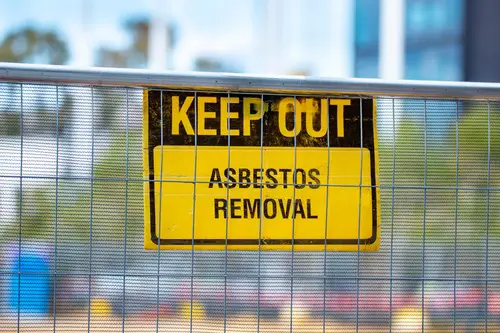
In an attempt to make cigarettes seem healthier, one company in the 1950s created filters using asbestos. These were sold as a cutting-edge way to reduce tar and make smoking “safer.” Smokers were reassured that these high-tech filters were actually better for their lungs. There was no awareness at the time about the real dangers of asbestos.
As the science caught up, it became clear that asbestos exposure can lead to deadly conditions like mesothelioma and lung cancer. These filters not only didn’t help, they added a whole new layer of health risks. The product was pulled and lawsuits followed, leaving behind a dark legacy. It’s a reminder that not all innovation is good innovation.
12. Thalidomide
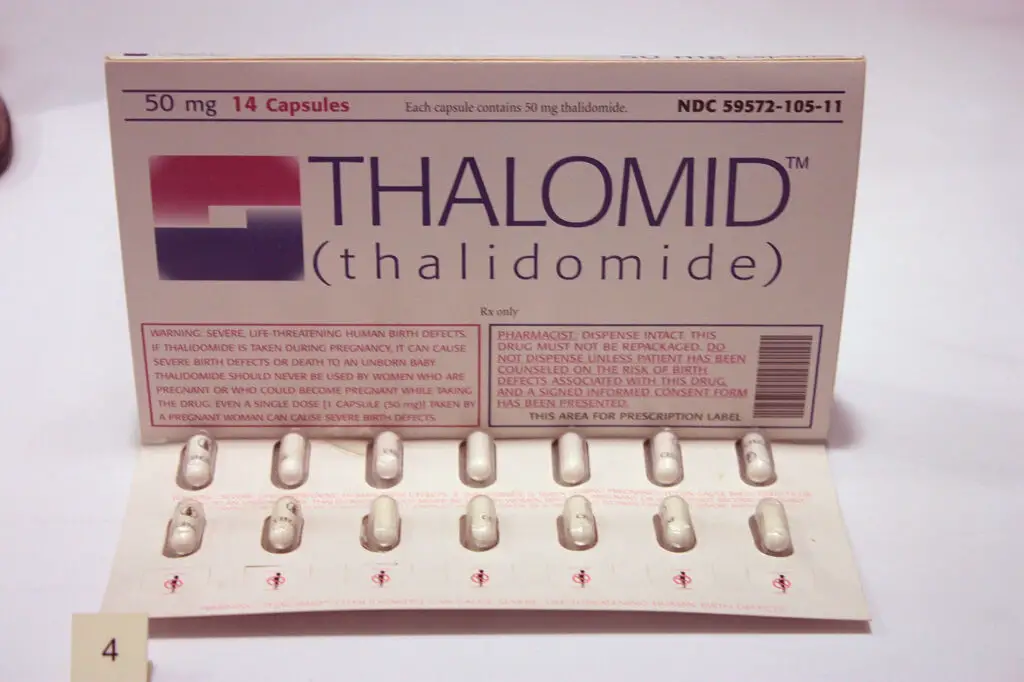
Marketed in the 1950s and ‘60s as a safe sedative and morning sickness treatment, thalidomide was widely used by pregnant women. It was sold in dozens of countries and praised for its calming effects. Sadly, it wasn’t tested thoroughly for prenatal safety, and the consequences were devastating. Thousands of babies were born with severe birth defects.
Once the link was discovered, the drug was quickly banned for use in pregnant women. The tragedy led to stricter drug testing and approval processes around the world. Today, thalidomide is sometimes used for specific conditions under tight regulation, but its history casts a long shadow. It’s one of the most haunting examples of a “healthy” product gone horribly wrong.
